Step into History: The Fascinating Ruins of Wucheng Culture
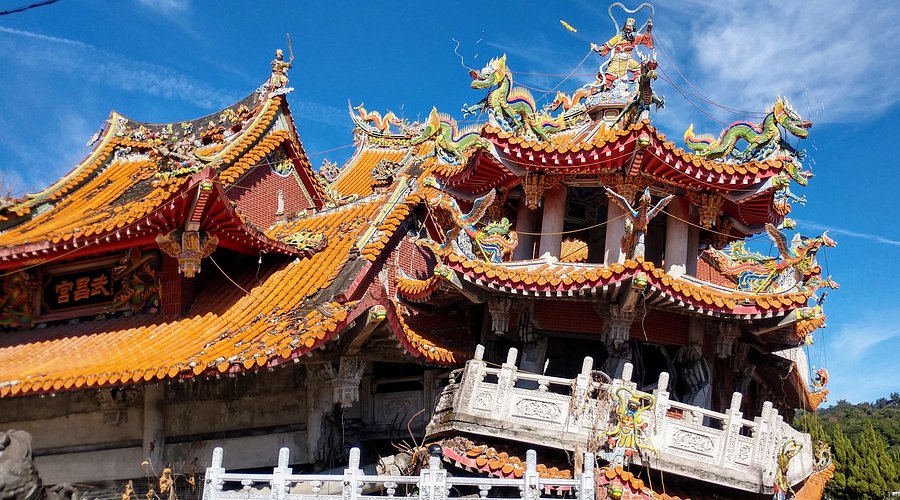
An Essential Guide to Visiting Ruins Of Wucheng Culture
In This Guide
- An Essential Guide to Visiting Ruins Of Wucheng Culture
- The Rich History and Legends of Ruins Of Wucheng Culture
- Main Highlights: What You Absolutely Can’t Miss
- Planning Your Visit: A Practical Guide
- Tickets: Prices, Booking, and Tips
- How to Get There: A Complete Transportation Guide
- Local Cuisine and Accommodation Nearby
- Frequently Asked Questions
- Final Thoughts on Your Trip
Discovering the Enigma of Wucheng Culture
Nestled in the heart of Jiangsu Province, the Ruins of Wucheng Culture (吴城遗址) offer a captivating glimpse into a bygone era of Chinese history, where artistry, folklore, and spirituality interweave. This ancient site is not merely a collection of remnants; it is a testament to the vibrant culture that once flourished in this region. As you step into the world of Wucheng, you will be walking through the pages of history, exploring the influences that shaped one of China’s most beloved literary works: “Journey to the West”.
The Wucheng ruins are steeped in the legacy of Wu Cheng’en, the celebrated author of this classic novel. His former residence, located in Huai’an, further enriches the experience by bringing to life the environment that inspired his storytelling. Here, visitors can delve into exhibits that, despite their primary presentation in Chinese, resonate with the universal themes of adventure and enlightenment found within his writings.
What to Expect:
– Historical Significance: The ruins are a fascinating blend of archaeological wonders and cultural heritage, showcasing the architectural styles and societal structures of the Wucheng civilization.
– Scenic Surroundings: The area is not just about the ruins; it is enveloped in lush landscapes and tranquil parks, providing a picturesque backdrop for reflection and exploration.
– Cultural Immersion: Engage with local narratives and folklore that still echo through the streets of Huai’an, enhancing your appreciation of Wu Cheng’en’s contributions to Chinese literature.
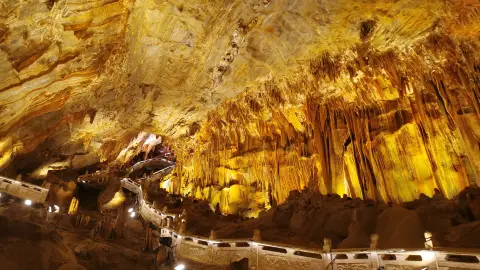
Ruins Of Wucheng Culture.
As you plan your visit, consider exploring nearby attractions, such as the Zhou En’lai Memorial Hall or the Huai’an Ching Governor’s Residence, to round out your journey through this historically rich district. Whether you are a history enthusiast, a literature lover, or simply a curious traveler, the Ruins of Wucheng Culture promise an unforgettable experience that connects you with the soul of China’s past.
The Rich History and Legends of Ruins Of Wucheng Culture
Journey Through Time: The Rich History and Legends of Wucheng Culture
Nestled within the heart of Jiangsu Province, the Ruins of Wucheng Culture (吴城遗址) stand as a testament to a rich tapestry of history, folklore, and artistic achievement. This ancient site, associated with the legendary author Wu Cheng’en, best known for his timeless classic Journey to the West, invites travelers to delve into the cultural heritage of China.
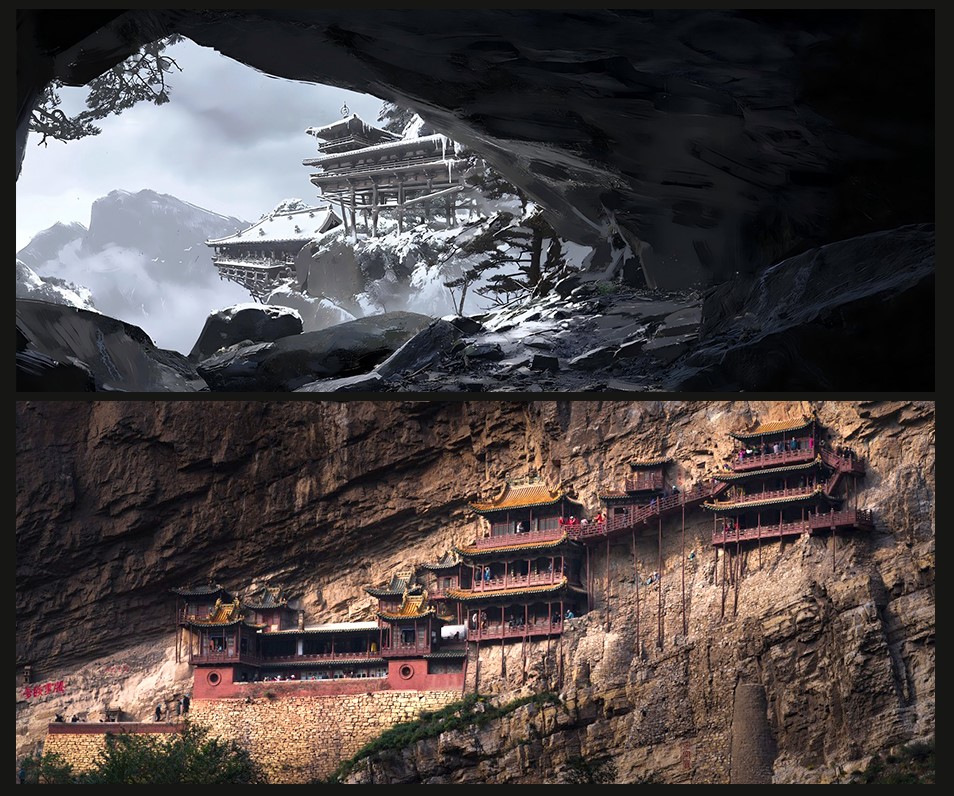
Ruins Of Wucheng Culture.
Historical Significance
The Ruins of Wucheng are not merely remnants of the past; they represent the cradle of a civilization that flourished during the Ming and Qing dynasties. This area was once a vibrant center of trade and culture, where scholars and merchants converged, fostering an environment ripe for creativity and intellectual discourse. The historical architecture reflects the sophisticated craftsmanship of the time, with intricate carvings and structures that speak to the artistry of a bygone era.
Wu Cheng’en, born in Huai’an, is celebrated as one of China’s most significant literary figures. His epic tale not only entertains but also provides deep insights into Chinese philosophy, religion, and society. The connection between Wu Cheng’en and Wucheng adds a layer of intrigue to the site, as visitors can explore the landscapes that inspired one of the most beloved stories in Chinese literature.
Legends and Folklore
As with many historical sites in China, the Ruins of Wucheng are steeped in legends that enhance their allure. One prevalent tale narrates how Wu Cheng’en, inspired by the local scenery and folklore, conceived the characters of Journey to the West. The legendary Monkey King, Sun Wukong, is said to have drawn inspiration from the region’s natural beauty and the tales of local deities, embodying the spirit of rebellion and adventure that resonates throughout the novel.
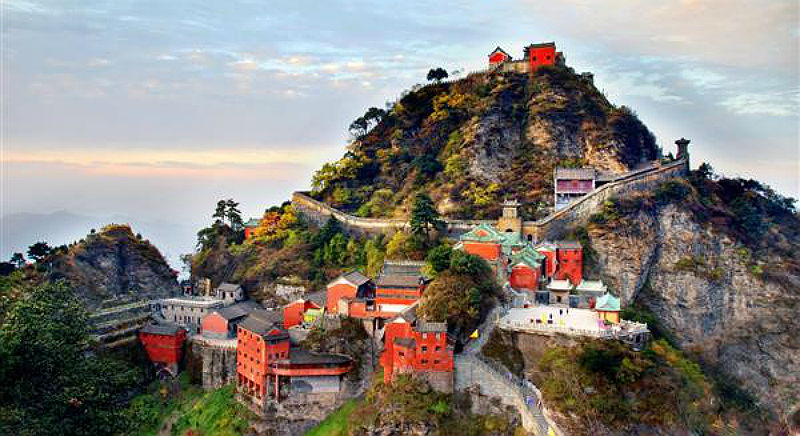
Ruins Of Wucheng Culture.
Another captivating story involves the mythical figure of Xuánzàng, the monk who journeyed to India to retrieve Buddhist scriptures, paralleling Wu Cheng’en’s own travels within the realm of imagination and philosophy. These narratives not only highlight the rich oral traditions of the area but also reflect the deep spiritual and cultural connections that continue to thrive among the local people.
Exploring the Site
Visiting the Ruins of Wucheng Culture offers a unique opportunity to step back in time. The site features reconstructed buildings and exhibitions that showcase artifacts related to Wu Cheng’en and the Wucheng culture. While some visitors might lament the modern restorations, the essence of the historical ambiance remains tangible.
Key Highlights to Explore:
– Former Residence of Wu Cheng’en: A must-see for literature enthusiasts, this residence provides insight into the life and times of the author.
– Cultural Exhibits: Although many are in Chinese, the exhibits offer a glimpse into the artistic and cultural achievements of the era.
– Scenic Landscapes: The surrounding areas are filled with picturesque parks and ancient streets, ideal for leisurely walks that evoke the stories of old.
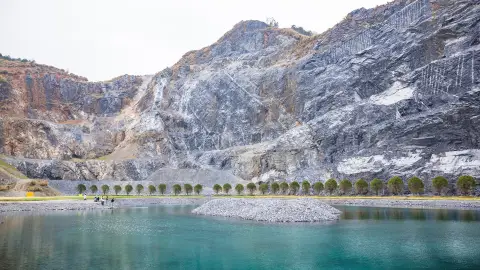
Ruins Of Wucheng Culture.
Conclusion
The Ruins of Wucheng Culture are more than just remnants of history; they are a vibrant narrative woven into the fabric of Chinese culture. As you walk through the ruins, you will not only witness the architectural splendor of the past but also feel the pulse of legends that continue to inspire generations. Whether you’re an avid reader of Journey to the West or a curious traveler seeking to understand the depths of Chinese heritage, Wucheng invites you to uncover its secrets and cherish its stories.
Main Highlights: What You Absolutely Can’t Miss
Discovering the Essence of Wucheng Culture
When venturing into the heart of Huai’an, Jiangsu province, the Ruins of Wucheng Culture offer a captivating glimpse into China’s rich tapestry of history and literary heritage. This ancient site is not just a testament to the past but a portal into the life and works of one of China’s most revered literary figures, Wu Cheng’en, the author of the classic novel Journey to the West. Here are the highlights that you simply cannot miss:
1. Former Residence of Wu Cheng’en
This historic site is a must-visit for those who appreciate classical literature. The former residence of Wu Cheng’en provides insights into the life and times of the author. While some areas have undergone reconstruction, the essence of Wu Cheng’en’s legacy remains palpable. Visitors can explore exhibits that showcase his life, alongside artifacts that celebrate his monumental literary contributions.

Ruins Of Wucheng Culture.
2. The Architectural Beauty
As you stroll through the residence, take a moment to admire the traditional architecture that reflects the aesthetics of the Ming and Qing dynasties. The intricate woodwork and serene gardens invoke a sense of tranquility, making it an ideal spot for photography or simply soaking in the serene atmosphere.
3. Journey to the West Exhibits
Dive deeper into the world of Journey to the West, where you’ll find various displays dedicated to the characters and themes of this beloved tale. Although many exhibits are presented in Chinese, the visual storytelling and engaging artifacts provide a rich experience even for non-Chinese speakers.
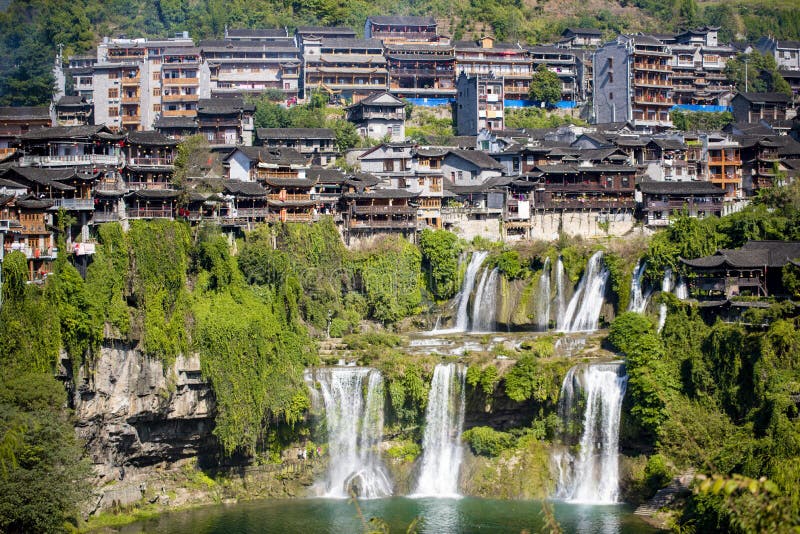
Ruins Of Wucheng Culture.
4. Cultural Performances and Events
Depending on the time of your visit, you might be lucky enough to catch traditional performances that bring the stories of Journey to the West to life. These cultural events are not only entertaining but also offer a deeper understanding of the narrative’s impact on Chinese culture.
5. Nearby Attractions
Extend your exploration of Huai’an by visiting other nearby historical sites:
– Zhou En’lai Memorial Hall: Dedicated to the first Premier of the People’s Republic of China, this hall showcases significant artifacts from his life and political career.
– Chuxiu Garden: A beautiful park that offers a serene escape and is perfect for a leisurely stroll amidst nature.
6. Local Cuisine
After a day of exploration, indulge in Huai’an’s culinary delights. The local cuisine, known for its diverse flavors, is a reflection of the region’s history and culture. Don’t miss the chance to savor Huaiyang cuisine, especially the famous Huai’an dumplings.
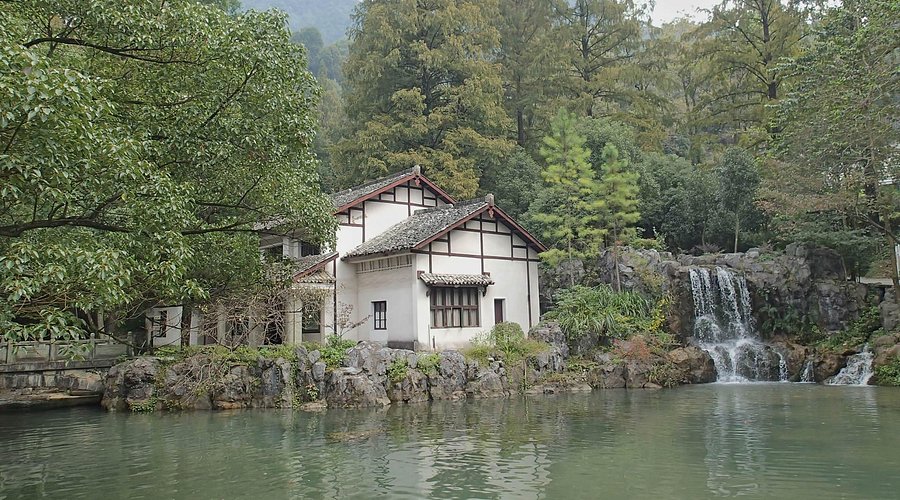
Ruins Of Wucheng Culture.
Conclusion
The Ruins of Wucheng Culture are not just remnants of the past but vibrant sites that breathe life into the narratives that shaped Chinese literature. Whether you are a history buff, a literature enthusiast, or simply a curious traveler, this destination promises to enrich your understanding of China’s cultural legacy. Don’t forget your camera to capture the beauty and essence of this extraordinary journey!
Planning Your Visit: A Practical Guide
Essential Information for Exploring the Ruins of Wucheng Culture
Embarking on a journey to the Ruins of Wucheng Culture (吴城遗址) offers a unique opportunity to immerse yourself in the rich tapestry of Chinese history. This site, located in the Wucheng District of Jinhua, is pivotal for understanding the cultural evolution of the region. Here’s everything you need to know to make your visit both enjoyable and enlightening.

Ruins Of Wucheng Culture.
Getting There
- Location: The ruins are situated in the Wucheng District of Jinhua, Zhejiang Province. Accessibility is straightforward via public transportation or car.
- Public Transport: Several bus lines connect to the area. Check local schedules for updates as these can change.
- Driving: If you choose to drive, ample parking is available near the site.
Opening Hours
- The Ruins of Wucheng Culture are generally open from 7:30 AM to 6:30 PM daily. However, it’s advisable to check for any seasonal changes or special closures before your visit.
Admission Fees
- Entry to the site typically costs around 40 Yuan (approximately $6). This fee grants you access to the ruins as well as any on-site exhibitions.

Ruins Of Wucheng Culture.
What to Expect
- Historical Significance: The Ruins of Wucheng Culture are an archaeological treasure trove, showcasing remnants of ancient civilization. Expect to see various artifacts, including pottery and tools, that reflect the daily lives of those who lived here centuries ago.
- Exhibits: While many exhibits are primarily in Chinese, there is still plenty to absorb visually. The quiet atmosphere allows for a contemplative exploration of the site.
- Guided Tours: Consider joining a guided tour for a more in-depth understanding of the history and significance of the ruins. English-speaking guides may be available, but it’s best to arrange this in advance.
Nearby Attractions
- Former Residence of Wu Cheng’en: A must-see for literature enthusiasts, this site honors the author of Journey to the West. It’s located in Huai’an, about a two-hour drive from the ruins.
- Zhou En’lai Memorial Hall: This memorial is dedicated to the former Premier of China and offers insights into modern Chinese history.
- Shaohu Park: Perfect for a leisurely stroll, this park features beautiful landscapes and is a great spot for relaxation after exploring the ruins.

Ruins Of Wucheng Culture.
Dining Options
- While there are limited dining options directly at the site, local eateries can be found nearby. For authentic experiences, try:
- MaLa Sheng Yan: Known for its Szechuan cuisine.
- WenLou Restaurant: Offers a selection of regional dishes.
Tips for Your Visit
- Language: Brush up on some basic Mandarin phrases or download a translation app. While some signs are bilingual, not all staff may speak English.
- Footwear: Wear comfortable shoes as the terrain can be uneven, and you’ll likely be walking for extended periods.
- Photography: Bring your camera! The ruins are not only historically significant but also visually striking, perfect for capturing memorable moments.
Conclusion
Visiting the Ruins of Wucheng Culture is not just a trip back in time; it’s an invitation to engage with the stories that shaped a civilization. With the right preparation, you can ensure your experience is both enriching and enjoyable. Happy travels!
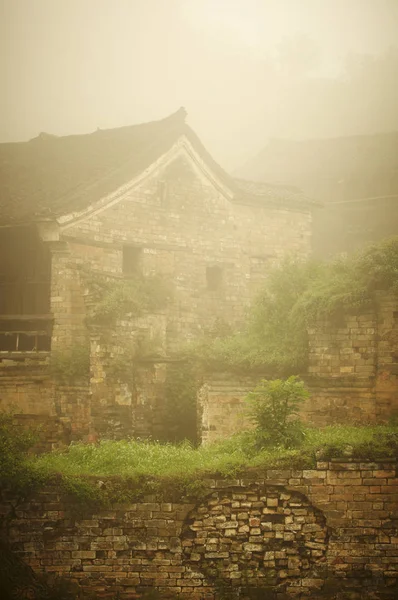
Ruins Of Wucheng Culture.
Tickets: Prices, Booking, and Tips
When planning your visit to the Ruins of Wucheng Culture (吴城遗址), it’s essential to have the right information about tickets, pricing, and practical tips to enhance your experience. Nestled in the scenic Wucheng District, this archaeological site offers a glimpse into China’s rich historical tapestry, making it a must-visit for any history buff or cultural enthusiast.
Ticket Prices
- General Admission: Approximately 40 Yuan (roughly $6 USD).
- Discounts: There are often concessions available for students, seniors, and groups, so be sure to check for any applicable discounts when purchasing your tickets.
Booking Information
- Online Reservations: While it is possible to buy tickets on-site, booking in advance through platforms like Trip.com or local tourism websites can save you time and ensure availability, especially during peak tourist seasons.
- On-Site Purchase: Tickets can also be purchased directly at the entrance. However, it is advisable to arrive early to avoid long queues, particularly on weekends and holidays.
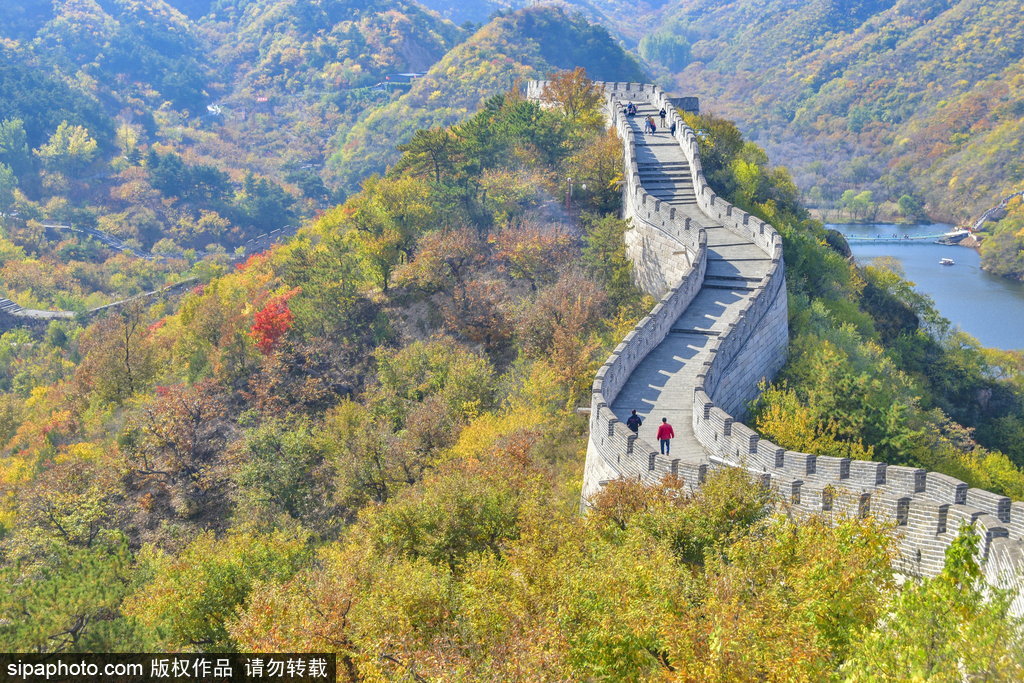
Ruins Of Wucheng Culture.
Visiting Hours
- The site is open daily from 7:30 AM to 6:30 PM. Arriving early may provide a quieter experience, allowing you to explore the ruins without the crowds.
Tips for a Great Visit
-
Language Barrier: Many exhibits may only have descriptions in Chinese. Consider downloading a translation app or hiring a local guide to enhance your understanding of the site’s significance.
-
Timing Your Visit: Plan to spend 1.5 to 2 hours exploring the ruins. This will give you ample time to appreciate the historical context and enjoy the scenery.
-
Nearby Attractions: After visiting the Ruins, consider exploring other local landmarks such as the Former Residence of Wu Cheng’en and Zhou En’lai Memorial Hall, both of which are within a short distance.
-
Dining Options: There are limited dining facilities near the ruins, so it’s wise to either eat before you arrive or bring snacks to enjoy during your visit. Local restaurants serve authentic Huai’an cuisine, which is worth trying after your explorations.
-
Photography: The ruins offer stunning photographic opportunities. Make sure to bring your camera, but be respectful of any restrictions regarding photography in certain areas.
By planning ahead and using these tips, your visit to the Ruins of Wucheng Culture is sure to be both enjoyable and enlightening. Immerse yourself in the history and beauty of this remarkable site, and take the time to reflect on the cultural heritage that has shaped modern China.
How to Get There: A Complete Transportation Guide
Navigating to the Ruins of Wucheng Culture
Traveling to the Ruins of Wucheng Culture (吴城遗址) can be an enriching experience, as it allows you to delve into the depths of Chinese history and culture. Here’s a comprehensive transportation guide to help you reach this fascinating destination seamlessly.
By Air
The nearest major airport to the Wucheng District is Nanchang Changbei International Airport (KHN), about 150 kilometers away. This airport connects to various domestic and international destinations. From the airport, you can take a taxi or a pre-arranged car service to reach Wucheng.
If you’re arriving in Shanghai or Beijing, you can find direct flights to Nanchang and then continue your journey to Wucheng from there.
By Train
China boasts an extensive rail network, making train travel one of the most convenient options:
- High-Speed Trains: Take a high-speed train to Jinhua Railway Station, which is approximately 30 kilometers from Wucheng District. This will be your best bet for comfort and speed, with trains frequently departing from major cities like Shanghai, Hangzhou, and Beijing.
- Local Connections: From Jinhua Railway Station, you can easily catch a local bus or taxi to reach the Wucheng ruins.
By Bus
For those traveling on a budget, long-distance buses are available from many cities in Jiangsu and Zhejiang provinces:
- Bus Services: Check local bus stations for services to Wucheng District. The journey can take between 2 to 5 hours depending on your departure point.
- Local Transport: Once in Wucheng District, local buses or taxis can take you directly to the ruins.
By Car
If you prefer the flexibility of driving, renting a car is a viable option:
- Rental Services: Various car rental services are available at major airports and cities. Ensure you have a valid international driving permit.
- Navigation: Use GPS or a navigation app to find the most direct route to Dadong Lane, Hexia Town, Chuzhou District, Huai’an, where the ruins are located. The roads are well-maintained, but do be mindful of local traffic rules.
Getting Around Wucheng District
Once you arrive in Wucheng, there are several ways to explore the area:
- Taxis: Taxis are readily available and a convenient way to get around. Always ensure that the meter is running.
- Bicycles: For the more adventurous, renting a bicycle can provide a unique way to experience the local culture and scenery.
- Walking Tours: Many attractions, including the Ruins of Wucheng Culture, are best explored on foot. This allows for a more immersive experience.
Final Tips
- Timing Your Visit: Try to visit the ruins early in the day to avoid crowds and enjoy the serenity of the site.
- Language: While major cities may have English signage, learning a few basic Mandarin phrases can enhance your experience and ease communication with locals.
- Weather Considerations: Check the local weather forecasts before your trip, as conditions can vary significantly by season.
By following this guide, you can ensure a smooth journey to the Ruins of Wucheng Culture and immerse yourself in the rich tapestry of China’s historical landscape. Safe travels!
Local Cuisine and Accommodation Nearby
When visiting the Ruins of Wucheng Culture (吴城遗址), immerse yourself not only in the rich history but also in the local culinary scene and comfortable accommodations that will enhance your experience in this culturally vibrant area.
Culinary Delights
Exploring the local cuisine is a must. Huai’an is known for its unique flavors, and here are some places that you shouldn’t miss:
-
MaLa Sheng Yan
Located just 2 miles from the ruins, this restaurant offers a taste of Szechuan cuisine. The spicy and bold flavors of dishes like hot pot and mapo tofu will invigorate your palate.
Rating: 3.0/5 -
WenLou Restaurant
Approximately 2.9 miles away, this eatery provides a more traditional dining experience, specializing in Huaiyang cuisine, which is known for its delicate flavors and beautiful presentation.
Rating: 3.5/5
While these restaurants may not be the highest-rated, they provide a glimpse into the local culinary landscape and are conveniently located near your points of interest.
Accommodation Options
After a day of exploring the ruins and indulging in local flavors, you’ll want a comfortable place to rest. Here are a few recommended accommodations nearby:
-
GreenTree Alliance Huai’an Wenchang Road Hotel
A budget-friendly hotel with clean rooms and basic amenities, it’s about a 15-minute drive from the Ruins of Wucheng Culture. Ideal for travelers looking for simplicity and comfort. -
New Century Hotel Huai’an
For those seeking a touch of luxury, this hotel offers well-appointed rooms, modern facilities, and a delightful on-site restaurant serving exquisite local dishes. It’s located within a short distance of the main attractions. -
Hanting Express Hotel
A popular choice for budget travelers, Hanting Express provides cozy accommodations with essential services, making it a practical choice for those wanting to explore without breaking the bank.
Conclusion
As you plan your visit to the Ruins of Wucheng Culture, remember that the journey extends beyond the historical sites. Relish the authentic flavors of Huai’an and find the perfect accommodation to make your trip memorable. Whether you’re enjoying a spicy Szechuan meal or relaxing in a comfortable hotel, each moment will contribute to a deeper understanding of this fascinating region’s culture.
Frequently Asked Questions
Frequently Asked Questions
1. What are the Ruins of Wucheng Culture?
The Ruins of Wucheng Culture, located in the Wucheng District of Jinhua, Jiangsu Province, represent an ancient civilization that thrived in this region. These ruins are significant for their archaeological importance, showcasing remnants of dwellings, artifacts, and various cultural elements that provide insight into the lives of the people who lived here thousands of years ago.
2. How can I get to the Ruins of Wucheng Culture?
The Ruins are accessible via public transportation or private car. The nearest major city is Jinhua, which has bus and train services connecting it to various parts of China. Once in Jinhua, local buses or taxis can take you directly to the site.
3. What are the opening hours for the site?
The Ruins of Wucheng Culture are typically open to visitors from 7:30 AM to 6:30 PM daily. However, it’s advisable to check for any seasonal variations or special closures before your visit.
4. Is there an entrance fee?
Yes, there is generally an entrance fee to visit the Ruins of Wucheng Culture. The fee is usually modest, around 40 Yuan, providing access to the site and its exhibits.
5. What can I expect to see at the ruins?
Visitors to the Ruins of Wucheng Culture can expect to see various archaeological remnants, including ancient structures, pottery, tools, and other artifacts. Informational signage, primarily in Chinese, is available, but a guide or a translated brochure can enhance your understanding of the site’s historical context.
6. Are there guided tours available?
Yes, guided tours are often available and can greatly enrich your experience. Local guides can provide detailed explanations of the history and significance of the ruins, making it easier to appreciate the cultural heritage of the area.
7. What other attractions are nearby?
In addition to the Ruins of Wucheng Culture, the nearby area offers several attractions, including the Former Residence of Zhou Enlai and Shaohu Park. Additionally, visitors can explore local markets and dining options to experience regional cuisine.
8. Is the site suitable for families with children?
Absolutely! The Ruins of Wucheng Culture can be a fascinating educational experience for families. Children can learn about ancient Chinese civilization while exploring the site. However, parents should keep an eye on younger children due to uneven terrain and open areas.
Final Thoughts on Your Trip
As your journey through the Ruins of Wucheng Culture (吴城遗址) comes to a close, take a moment to reflect on the rich tapestry of history and culture you have encountered. This ancient site, steeped in the lore of one of China’s most beloved literary figures, Wu Cheng’en, offers a captivating glimpse into the past, inviting you to explore the very essence of Chinese storytelling and its profound influence on global literature.
Embrace the Legacy of Wu Cheng’en
Visiting the former residence of Wu Cheng’en is not merely a stroll through history; it’s an opportunity to connect with the spirit of Journey to the West, a tale that has transcended borders and inspired countless adaptations and retellings. As you wander through the remnants of this cultural heritage, consider how the themes of adventure, friendship, and the quest for knowledge resonate even today.
Discover the Surroundings
Beyond the ruins, the surrounding area of Huai’an offers a wealth of experiences. From the serene beauty of Shaohu Park to the poignant memorial halls dedicated to prominent historical figures like Zhou Enlai, each site adds another layer to your understanding of this vibrant region.
Practical Reflections
As you prepare to leave, remember to carry with you not just souvenirs, but stories—stories of the resilience and creativity that define Chinese culture. Whether it’s indulging in local cuisine or engaging with the warmth of the Huai’an people, let these encounters enrich your travel narrative.
Your Journey Awaits
In conclusion, the Ruins of Wucheng Culture are more than just a destination; they are a portal into the heart of Chinese history. As you return to your own world, may you carry the inspiration of Wu Cheng’en’s legacy with you, igniting your passion for exploration and understanding of different cultures. Embrace the journey beyond borders, for every trip has the potential to change not just your perspective, but your life. Safe travels!